
Course Introduction:Retrieving a Complete List of MySQL ViewsProblem Statement:Unable to retrieve a list of views within a database using methods found on the MySQL...
2024-10-30 comment 0 968

Course Introduction:Defining a class in Java requires following the following steps: 1. Specify access modifiers (such as public, private, etc.). 2. Define the class name and follow the camel nomenclature. 3. Use extends and implements keywords for inheritance and interface implementation. 4. Add fields and methods to define the properties and behavior of the class. Through these steps, you can create a Java class with clear structure and complete functionality.
2025-05-28 comment 0 435
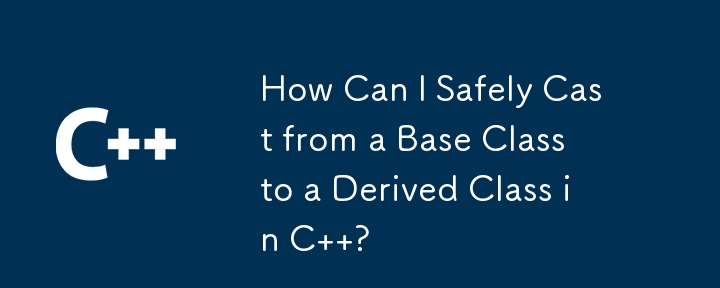
Course Introduction:Casting from a Base Class to a Derived Class in C Casting from a base class to a derived class is a common operation in object-oriented...
2024-12-07 comment 0 330
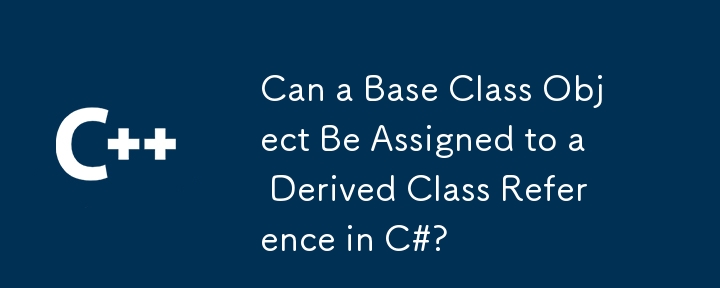
Course Introduction:Assigning Base Class Objects to Derived Class ReferencesIn C#, is it feasible to assign a base class object to a derived class reference using an...
2025-01-18 comment 0 922
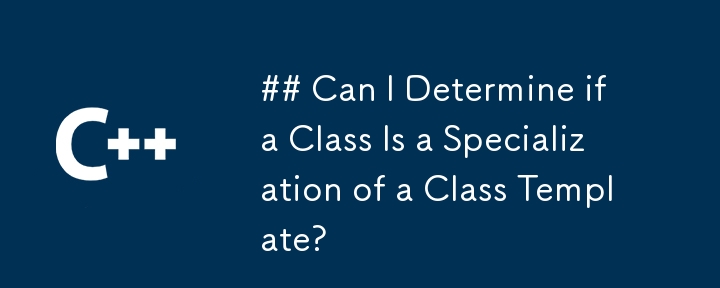
Course Introduction:Can I Confirm Class Template Specialization?In software development, we often need to determine if a given class is specialized due to class...
2024-11-12 comment 0 834
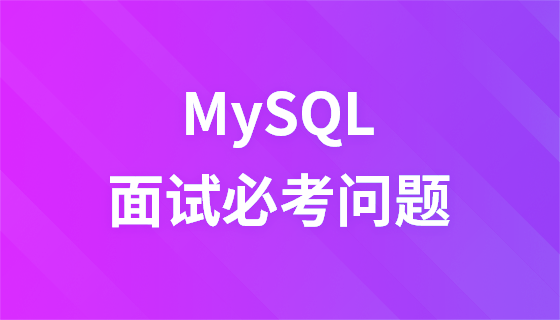
Course Intermediate 5874
Course Introduction:MySQL is one of the most popular relational databases and is widely used in various fields. This course mainly explains the common objects in MySQL, and explains the optimization strategies in detail, and uses cases to give us an in-depth understanding of SQL optimization strategies. After studying this course, we can independently complete various SQL optimizations and improve the performance of the system.

Course Intermediate 8346
Course Introduction:This set of courses summarizes the functional blocks that we often need to complete in the web front-end layout, including: various types of navigation bars, picture effects, small functional blocks in the shopping cart page...

Course Intermediate 7396
Course Introduction:Git is a Distributed Version Control System (DVCS for short), which is divided into two types of warehouses: Local warehouse and remote warehouse The workflow is as follows 1. Clone or pull code from the remote repository to the local repository (clone/pull) 2. Make code modifications locally 3. Submit the code to the staging area before submitting it 4. Submit to local repository. Save each modified historical version in the local warehouse 5. After the modification is completed, when you need to share the code with team members, push the code to the remote warehouse
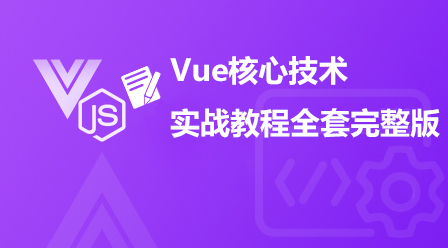
Course Intermediate 10318
Course Introduction:This video is recorded based on Vue2.5 and covers the technologies required for Vue development: templates, data binding, declarative rendering, calculated properties, event processing, transition animation, instructions, custom Vue plug-ins, component development, inter-component communication, Ajax Front-end and back-end interaction, Vue-Router, etc. Conduct in-depth source code analysis of the core parts of data proxy, template parsing, data hijacking, and data binding.
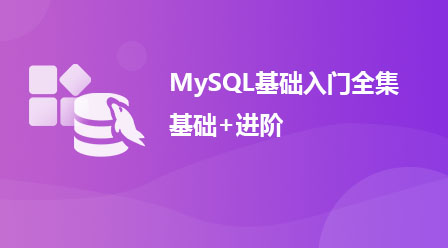
Course Elementary 14554
Course Introduction:MySQL Database Service is a fully managed database service for deploying cloud-native applications using the world's most popular open source database. It is 100% developed, managed and supported by MySQL.
2017-07-05 10:44:13 0 2 1168
What is the difference between using a file in a class and using a file outside a class in Laravel?
2017-05-16 16:47:46 0 1 610
2021-02-21 19:08:28 0 1 1344
angular.js - A complete project written in angular
2017-05-15 17:03:58 0 5 645
Python - Return a new instance of itself through a class method
2017-05-18 10:53:17 0 2 770